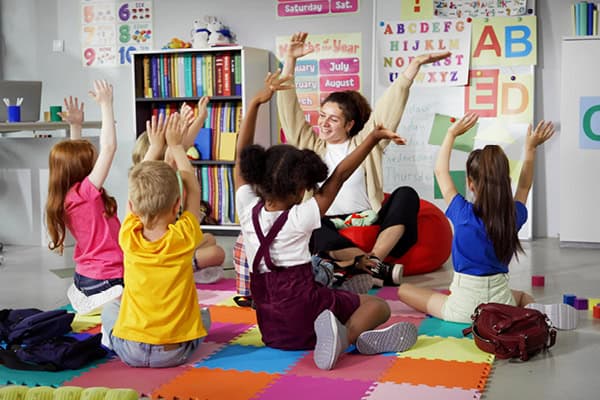Education doesn’t have to be guided by rigid definitions and practices, according to eSchool News. Educators can make four simple shifts towards deeper inquiry:
- Curiosity: If we want to foster student curiosity, teachers first need to step away from the idea that our job is to tell students how they are “supposed” to do something. Instead, we want to encourage students to be thinkers and problem solvers. One simple way to make this happen is with the Mystery Learning Targets strategy. Post learning targets on the wall — but hide a few key words. Students will engage more acutely when they need to figure out what the exact target might be, and you’ll be able to preserve an element of mystery.
- Choice: When we offer up choice to students, we allow them to determine which path they want to follow and how they’ll figure things out as they go. One useful strategy for introducing choice into lessons is with Choice Boards or Learning Menus. These increase student ownership by providing students with a bingo board or learning menu filled with intellectually rich activities. Simply allow students to choose which activities to complete to fill out their boards.
- Explanation: We want students to construct their understanding by explaining their thinking, and we want to encourage that explanation in innovative, creative ways. One way is by having students make a mascot that represents something they’ve learning about. Have students explain the symbolism behind their mascot as a way of probing their understanding of the subject. This encourages them to dig down into their learning and consider the information from multiple angles.
- Cognitive Load: Cognitive Load is about shifting the majority of thinking to our students. We don’t want to overwhelm them, but we do want to encourage them to start investing in their own learning. A good strategy for accomplishing this is to have students record or create lessons that could be used to teach the same content to next year’s students. This can provide you with useful assets to help other students learn, and it reinforces the learning students have when they think about how to teach lessons content to others.
Inquiry learning cultivates and capitalizes on student curiosity. It opens a new horizon of possibilities in the landscape of education. This resource shouldn’t go to waste. Encouraging students to explore their innate curiosity and creativity creates an environment where the possibility of discovery lies in every classroom.
eSchool News






